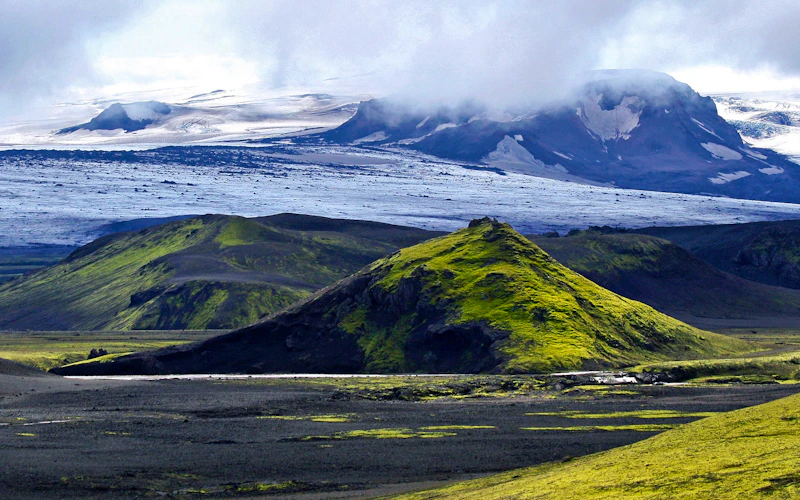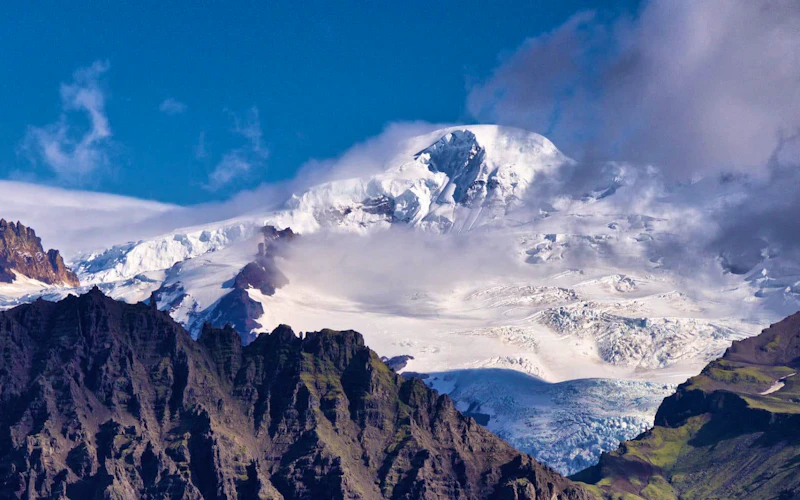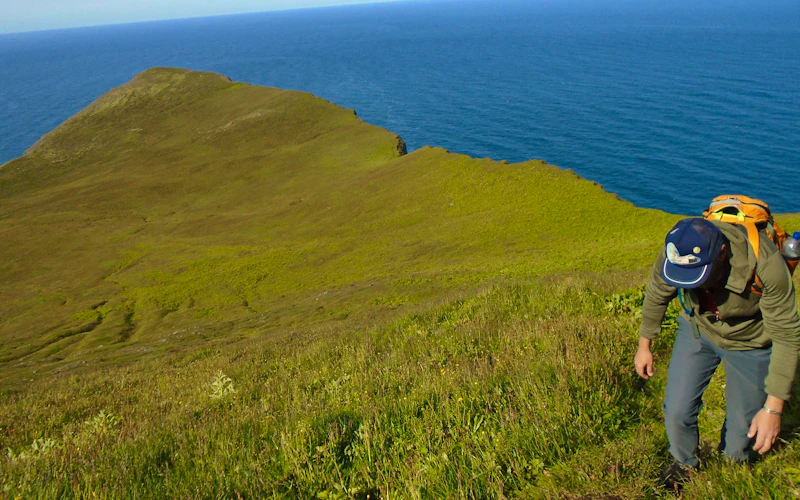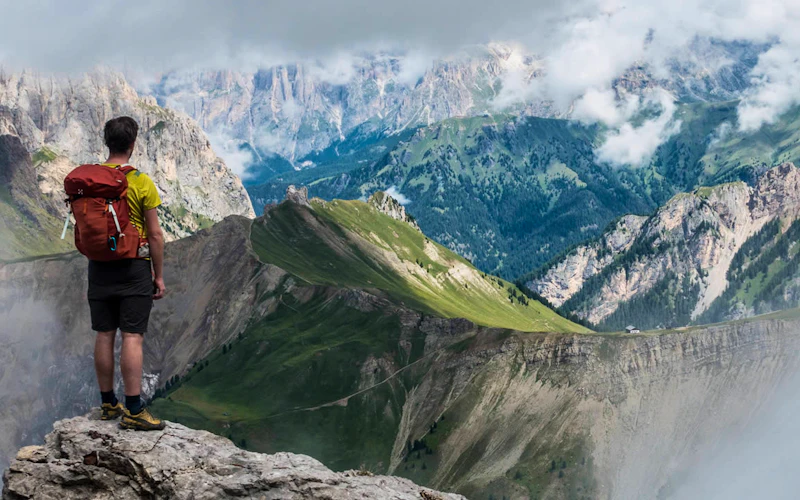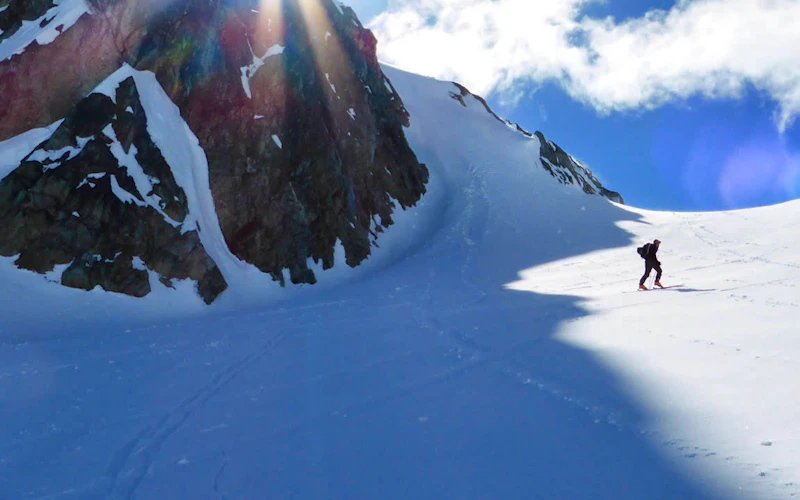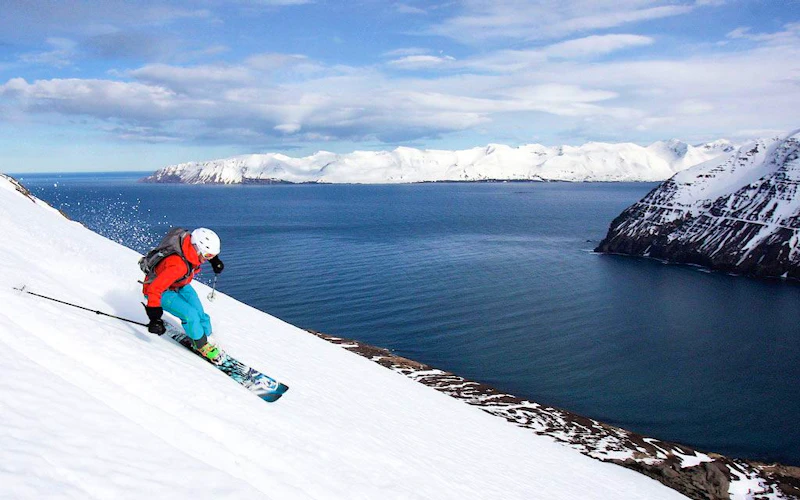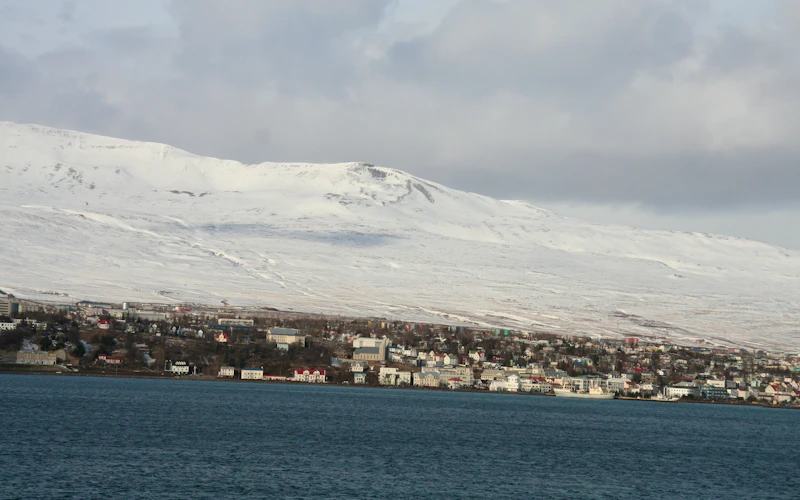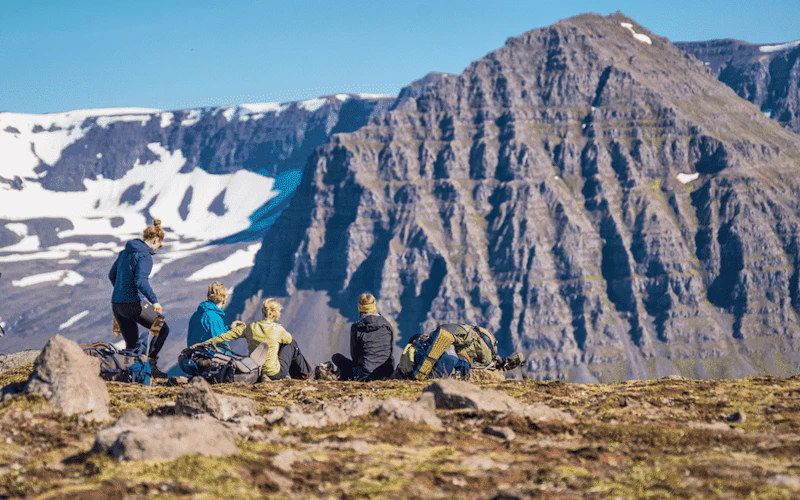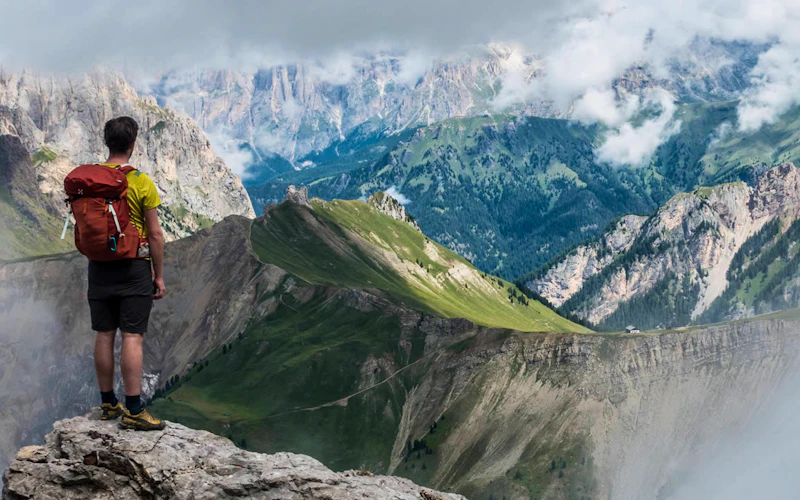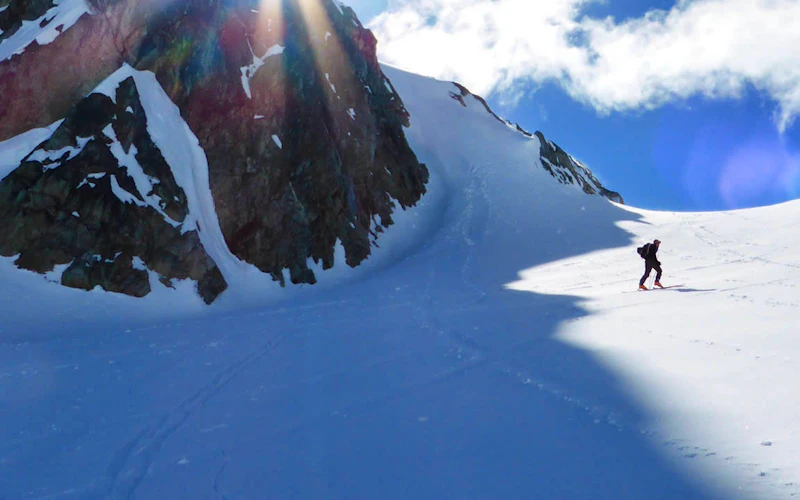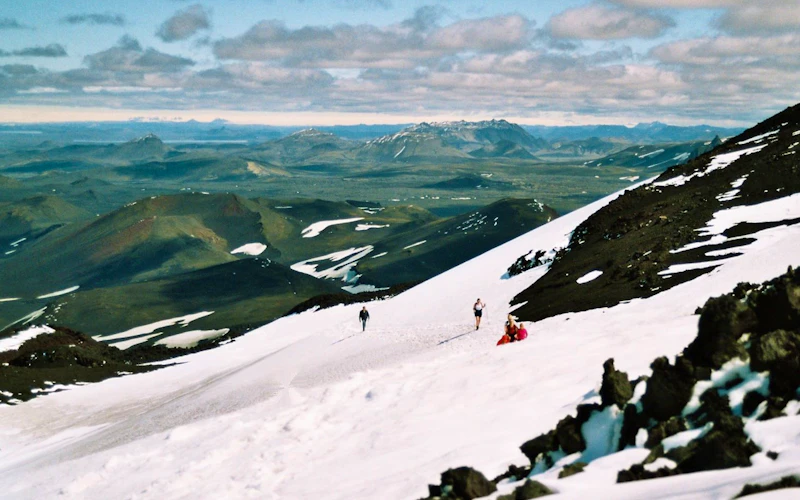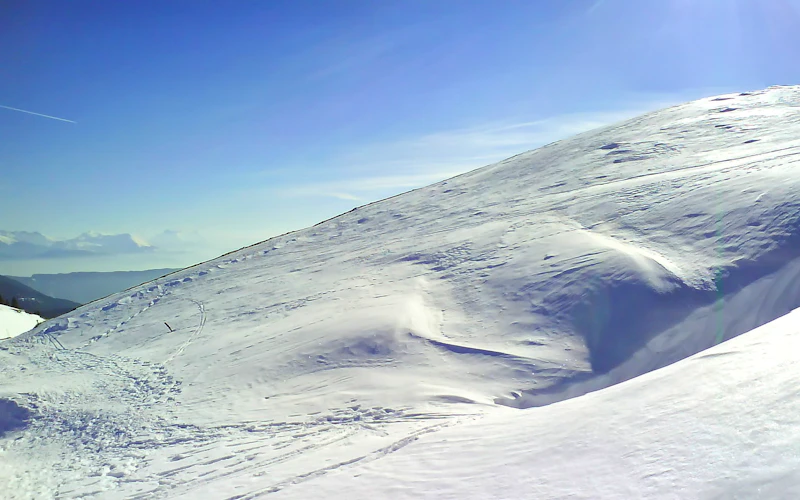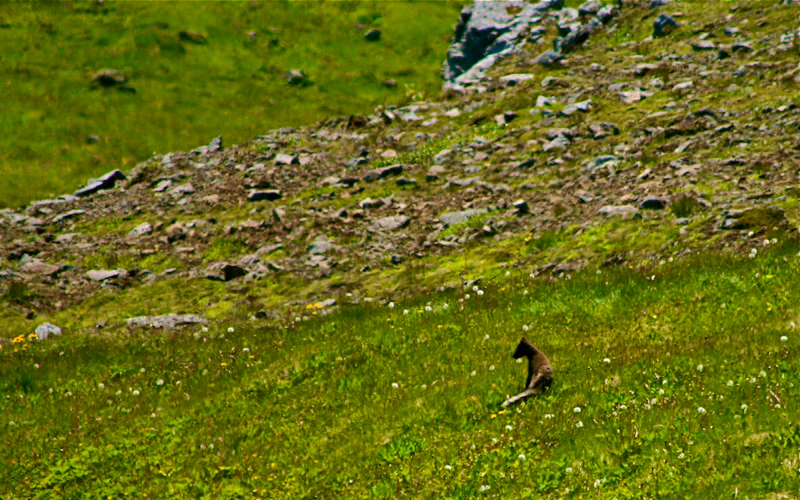Discover Iceland: Top Outdoor Adventures Awaiting You
Explore fjords, volcanoes, glaciers and more
Top trips | Iceland
FAQs: Iceland
What should I know about Iceland?
Iceland is a sparsely populated Nordic island country. The island has many active volcanoes and is on a geological hotspot, meaning there are plenty of natural springs as well. The island is warmed by waters flowing up from the Gulf of Mexico, so it is not as cold as you would expect. Oftentimes during the winter, Reykjavík is warmer than Chicago or Berlin. However, the country is still pretty cold and has 13 different glaciers. Since it is at such a high latitude, the country experiences prolonged periods of darkness during the winter, known as polar winter. The opposite is true during the summer, when it is almost constantly light. Though it is highly integrated with the EU, Euros are not commonly accepted here.
Why should I choose Iceland for my adventure?
Stunning scenery
Wherever you go on this diverse island, you are bound to see something different. From the birch forests of Hallormsstaður to the massive Vatnajökull
Glacier, everywhere that you go on the island boasts something different.
Spectacular skies
Depending on when you visit, you will be in for a treat. During the summer months, the sun does not set, meaning you have endless daylight. During the winter and spring, you might be lucky enough to see the aurora borealis.
Amazing culture
Icelanders are a very happy people with rich literary, art, music and culinary traditions. In between adventures, be sure to catch a performance of a local band or art exhibition in Reykjavík and don’t miss out on a Þorramatur, a selection of traditional Icelandic delicacies.
What can I expect from the weather in Iceland?
Contrary to popular belief the weather in Iceland is quite mild. During the early spring, the average daily temperature hovers between 0ºC to -10ºC, depending on where you are. As spring becomes summer, average temperatures rise to about 10ºC to 15ºC. However, Iceland is generally very windy. The island receives about 800mm of precipitation each year, with most of it coming during the autumn and winter.
Which language is predominantly spoken in Iceland?
Icelandic, English
What currency is accepted in Iceland?
Icelandic krona
How can I get to Iceland?
Keflavik International Airport (KEF) is the country’s main international airport. There are direct flights here from North America and Europe. The rest country is fairly well connected by roads, ferries and domestic airports.
What’s the country code of Iceland?
+354
What’s the high season in Iceland?
This depends on what you want to do. For activities such as ski touring and ice climbing, spring is the best time to visit. For activities such as hiking, rock climbing and mountaineering, the summer is the best time to visit.
What people are saying about Iceland trips
Daniel
5.00
Join our newsletter!
Stay up-to-date on the best adventures.
